Does Cardboard Absorb Sound? Expert Explain
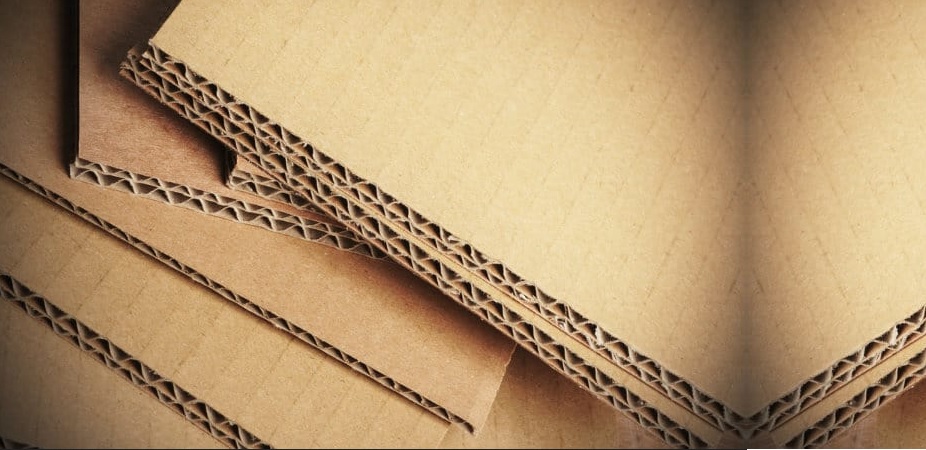
Soundproofing needs special attention, especially in offices, recording studios, and homes. One of the commonly used materials in soundproofing is cardboard. Cardboard, made of paper fibers, has a porous structure that can potentially absorb sound waves and reduce the level of sound transmission.
However, it is important to understand that the soundproofing efficiency of cardboard varies based on factors such as its thickness, density, and composition. In this article, we’ll explain does cardboard absorb sound and whether it can be used as a soundproofing material. So, let’s start!
Does Cardboard Absorb Sound? No, cardboard does not absorb sound. However, the material from which cardboard is made will significantly reduce the echoes and noise when it is installed on the walls, floors, and ceilings. Sound waves need to be in an open space to move. Installing cardboard will limit the sound waves from moving freely.
There are much better materials to absorb sound and make your room soundproof than cardboard. However, cardboard is the cheapest way if you want to reduce noise in the room.
Therefore, I do not suggest filling a room with cardboard boxes if you want to make a room more soundproof. If you want to see how you can use cardboard in your house and what you can achieve with it, keep reading.
Related Article: How Does Noise Cancelling Foam Work?
How Does Cardboard Work?
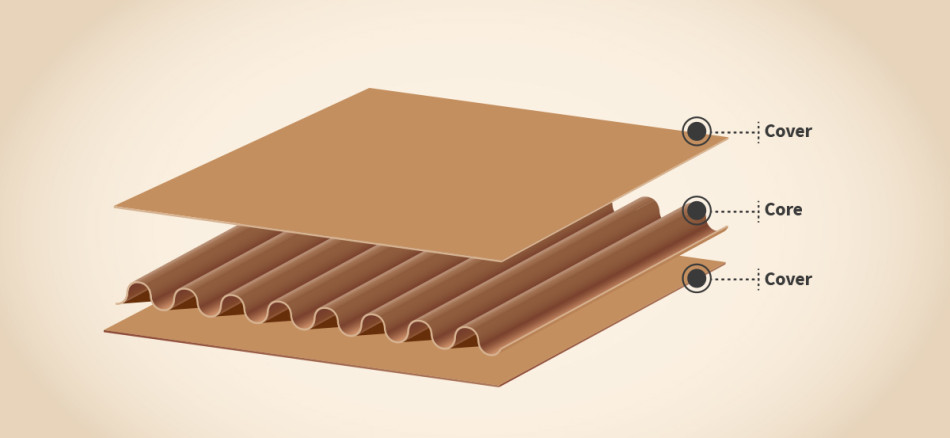
A Cardboard is a material that has rolling waves or hollow squares between its sheets (covers). Their rolling waves enable them to deaden the sound in the room. The space between rolling waves and those squares captures the sound that comes in and prevents it from echoing.
Therefore, cardboards are much more efficient in trapping noise than absorbing sound. This has also been proven in scientific research, where it can be seen that cardboard reduces up to 40% of the noise coming from the room.
Tip! Adding additional layers of cardboard will improve the results.
However, this is not the best option if you want to absorb sound in the room. The main reason is that the cardboard will spoil the aesthetic appearance of your room. But in any case, if you are creative, you can give it a try.
Related Article: Are Egg Cartons Good For Soundproofing?
Can You Absorb Some Level Of Sound With Cardboard?
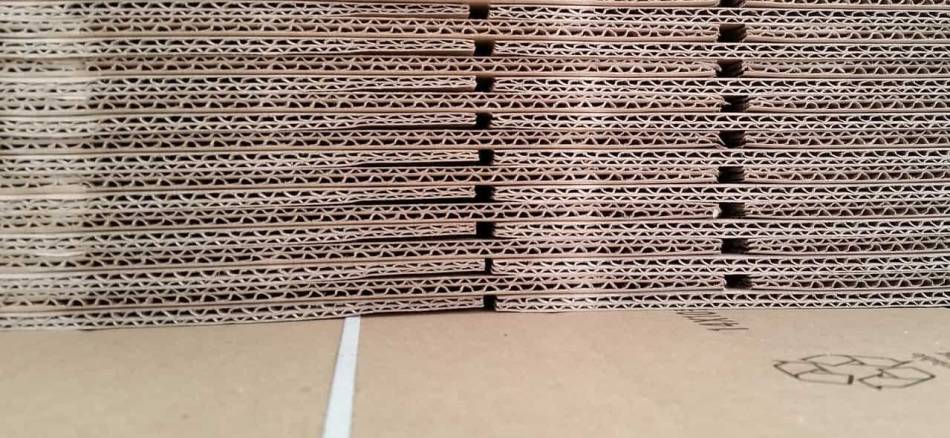
Not really! Teachers, sound engineers, and professors have been using cardboard as soundproofing material in their studies for a long time. However, the material from which cardboard is made is prone to wear over time and is not considered a long-term solution. Cardboard acoustic panels can control vibrations and rattle in open spaces.
Therefore, if you live in an apartment where you have poor sound insulation and loud neighbors, you can improve it by using the following items:
- Cardboard boxes
- Knife for cutting boxes
- Glue or tape
- Wire so that items are in place
How to do this?
The first step is to cut the corrugated cardboard boxes to the desired size. Make sure you layer multiple layers, one on top of the other, for maximum effectiveness. If you have aluminum foil, place it on the backside to achieve better efficiency. Note that cardboard is flammable, so do not keep it near objects that produce extreme heat.
Related Article: What is the Best Material That Absorbs Sound?
Is Cardboard Good for Soundproofing?
Personally, I have tested the cardboard, and I found it can be an effective solution in some cases (but not all). As a result, the noise in the home was reduced.
Cardboard’s other amazing feature is that it can be recycled at little cost. Also, if you know how to apply this material to your walls properly, you can have very good results with soundproofing.
When it comes to blocking out noise, corrugated cardboard can work. C-fluting and E-fluting variations of cardboard are available. They only differ in their structure.
C-fluting cardboards are constructed with a wave pattern between the two layers. Contrarily, the E-fluting features square chambers between the cardboard sheets rather than rolling waves.
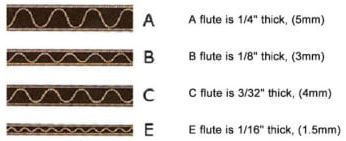
Cardboards can absorb some level of noise because of their structure. According to the results of one study, cardboards are even more effective at absorbing noise than traditional gypsum drywall panels.
After being tested, the cardboard was found to be up to ISO 354 standards. ISO, or the International Organization for Standardization, is responsible for developing global norms for businesses and consumer goods. Noise tests are performed by ISO 354.
According to the tests, cardboards are great for soundproofing and sound deadening. It is not just for music practice rooms but for every kind of soundproofing you can imagine.
Does Cardboard Reflect Sound?
Yes, cardboard reflects sound. However, it is not the best material for reflecting soundwaves in a room. However, by combining cardboard with aluminum foil, you will have better results.
Related Article: Can You Soundproof A Room That is Already Built?
Does Cardboard Absorb Vibration?
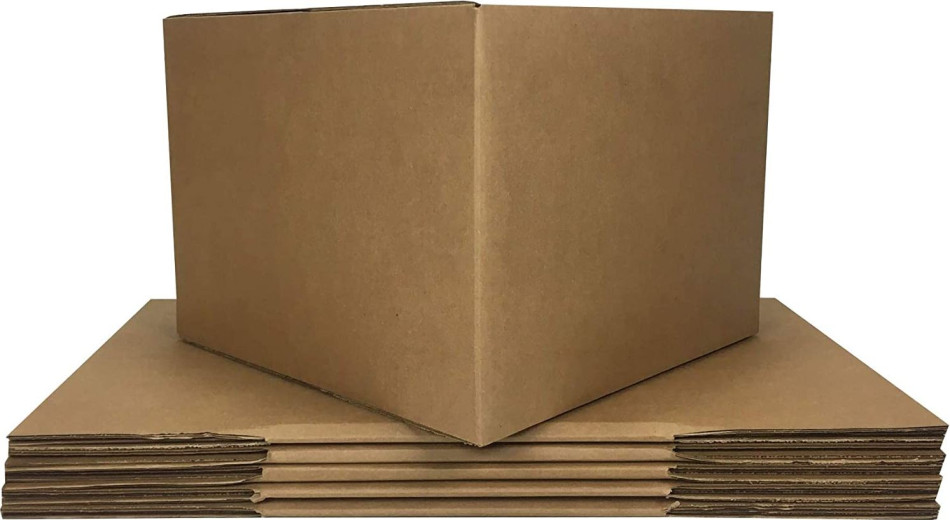
Yes, cardboard can absorb vibration to some level. Sound-absorbing materials, such as acoustic foam, egg cartons, or boards with holes, are often used in rooms to reduce the noise caused by sound bouncing off of hard surfaces. Many professors have also discovered that cardboard effectively reduces vibration transfer across classrooms.
Having cardboard for a ceiling and walls is unattractive and unprofessional. However, you can decorate them by adhering to patterned sheets or covering them with aluminum foil to make them look like soundproofing materials.
Cities are getting noisier as more people live and work there, but scientists are constantly coming up with new ways to dampen the sound of various frequencies.
Related Article: Pros and Cons of Soundproof Wallpaper
Cardboard And Alternative Sound Absorption
As we have already mentioned, cardboard is not intended to absorb sound. However, there are other alternatives that you can use to absorb sound and noise in your apartment in combination with cardboard.
Most sound absorption materials are soft and porous, which enables them to have better absorption properties. Cardboard can be used as a sound diffuser when it is placed in the middle. Therefore, to make cardboard a sound diffuser, be sure to use these materials in combination with cardboard:
- Acoustic foam panel
- Soundproof blanket
- Sound deadener mats
- Mass-loaded vinyl (MLV)
- Soundproofing curtains
- Acoustic sheets
For those who want to learn more, be sure to watch this YouTube video:
Related Article: Is Styrofoam Good For Soundproofing?
FAQ: People Also Ask
Can You Soundproof A Room By Using Cardboard?
Corrugated cardboard can be used to soundproof a room, but it is not the best option. Using a double thick panel of cardboard hung and placing it on the wall, chair, or behind a desk can reduce the unwanted sound by around 40% in the room compared to the gypsum drywall. However, this is not the best option available.
Does Cardboard Reduce Noise?
Cardboard can reduce noise, but it is not the best way to do it. However, it is the cheapest method. It can block sound waves at a certain level. You can use cardboard in combination with decorative panels and hang them on the wall to reduce the noise.
Does paper absorb sound?
High fiber porosity and easy control over manufacturing processes make paper fibers a great option for use in sound absorbers.
Final Thoughts
Cardboard is a porous material that can absorb sound to some extent. However, its sound-absorbing capabilities are limited, and it is not as effective as materials designed explicitly for soundproofing, such as acoustic foam or fiberglass insulation.
When used in construction or as a material for packaging or storage, cardboard may provide limited noise reduction, but it is not suitable for serious soundproofing applications. I hope that this article has helped you.
